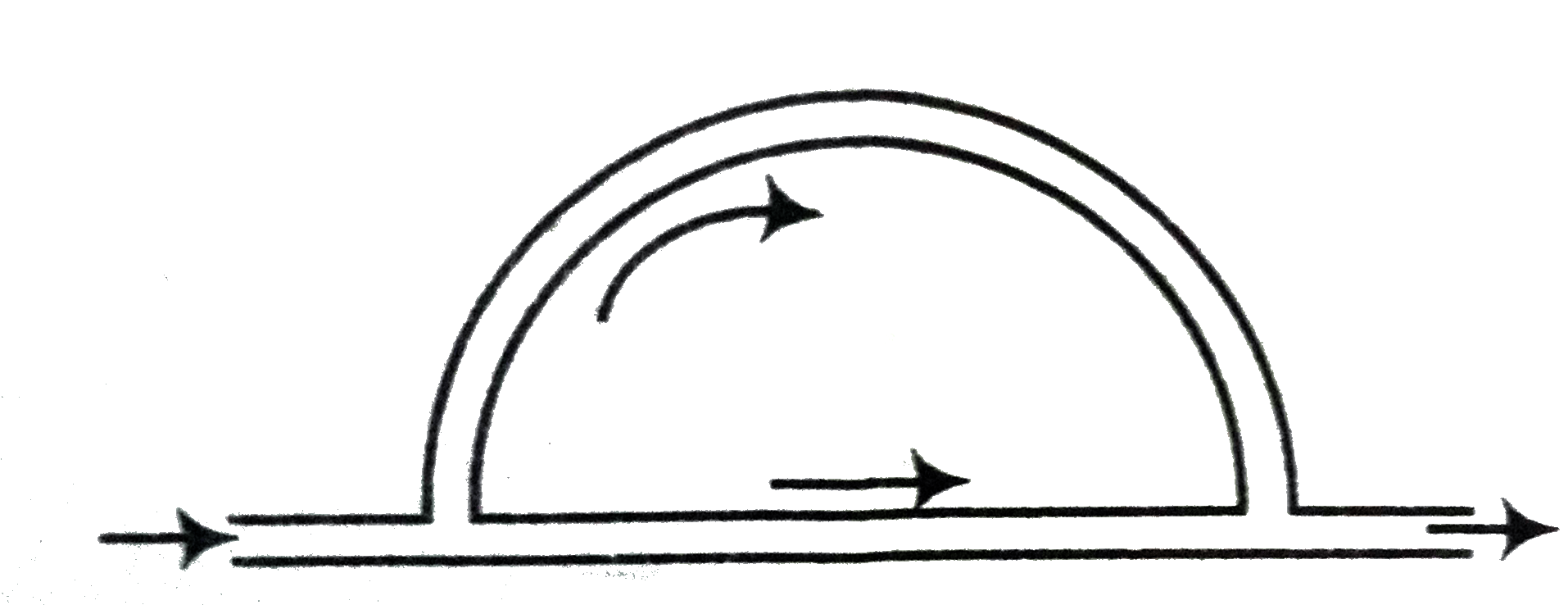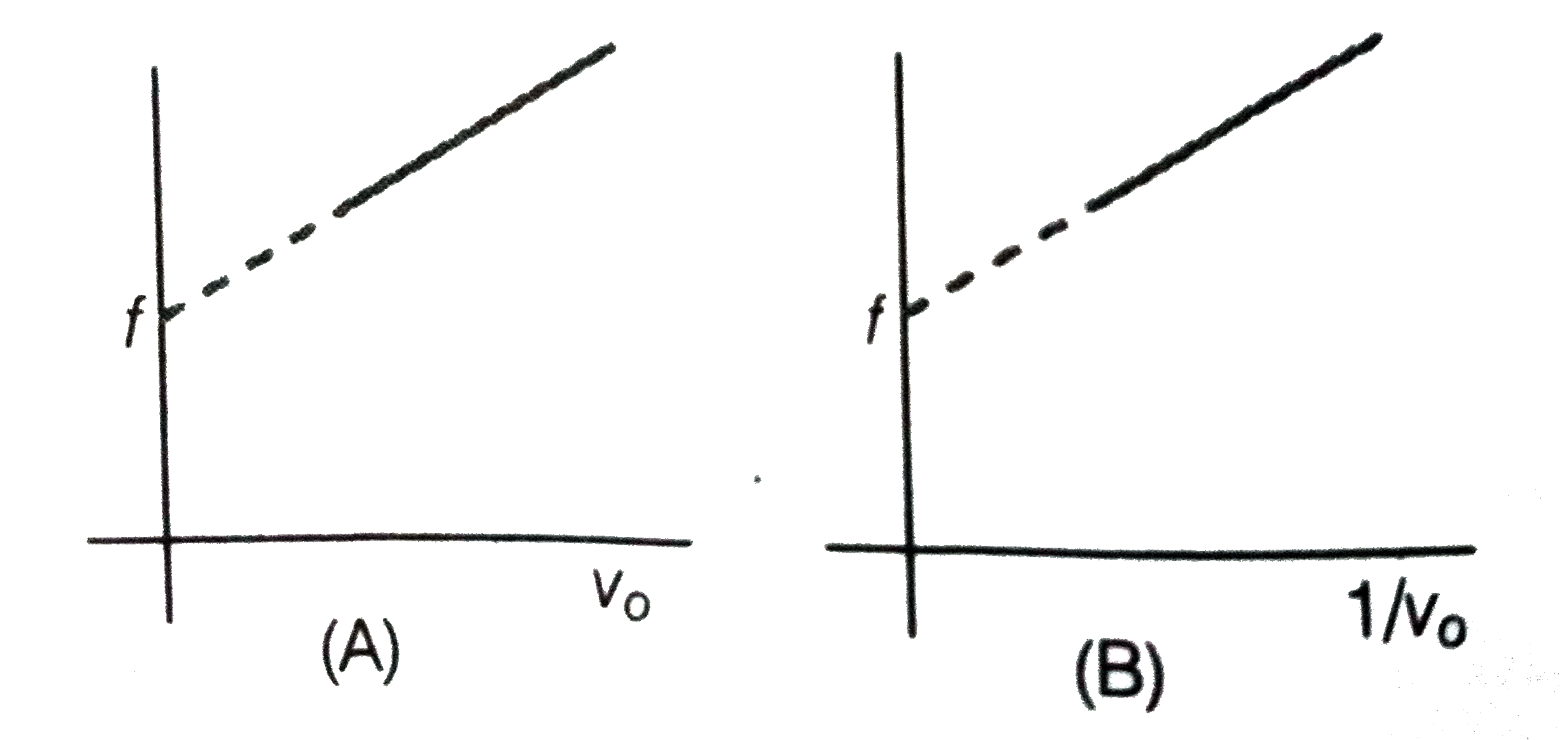Complete Solutions to Exercise 1 of chapter WAVE MOTION of Class 12 book with complete answers and questions
| Class 12 | PHYSICS |
| Chapter | WAVE MOTION |
| MHTCET PREP GUIDE | Exercise 1 |
| Number Of Questions | 48 |
| Academic Year | 2023-24 |
The longitudinal wave can be observed in
View SolutionWhen a sound wave goes from one medium to another, the quantity that remains unchanged is :
View SolutionThe displacement of a particle in a medium can be expressed as
`y=10^(-6)sin(100t+20x+pi//4),`
where x is in metre and t is in second. What is the speed of the wave?
View SolutionA wave travelling in the negative x-direction having displacement along y-direction 2m, wavelength `2pi` m and frequency of `1//pi` Hz is represented by
View SolutionThe equation of a progressive wave is `y =4 sin (4 pi t-0.04 x+pi/3)` where x is in metre and t is in second. The velocity of the wave is
View SolutionThe equation of a wave is given by `y=10 sin ((2pi)/45 t+alpha)`. If the displacement is 5 cm at `t=0`, then the total phase at `t=7.5` s is
View SolutionThe phase difference between two points separated by 0.8 m in a wave of frequency 120 Hz is `90^(@)` . Then the velocity of wave will be
View SolutionThe equation `y=4+2 sin (6t-3x)` represents a wave motion. Then, wave speed and amplitude, respectively are
View SolutionVelocity of sound wave in air is 330 m/s for a particular sound in air.A path difference of 40 cm is equivalent to a phase difference of 1.6 `pi.` The frewuency of this wave is
View SolutionOf the following, the equation of progressive wave is
View SolutionThe equation of a wave travelling on a string is d
View SolutionTwo points on a travelling wave having frequency 500 Hz and velocity `300 ms^(-1)` are `60^(@)` out of phase, then the minimum distance between the two point is
View SolutionA plane prohressive wave is given by `y=2 cos 6.284 (330t-X)`. What is period of the wave?
View SolutionA wave is represented by the equation `y=0.5 sin (10 t-x)m`. It is a travelling wave propagating along the + x direction with velocity
View SolutionA wave travelling along positive x -axis is given by `y = A sin (omega t- kx)`. If it is reflected from rigid boundary such that 80% amplitude is reflected, then equation of reflected wave is
View SolutionA transverse wave is derscried by the equation `y=y_(0) sin 2 pi (ft - (x)/(lamda))`. The maximum particle velocity is equal to four times the wave velocity if :-
View SolutionTwo waves are represented by the equations
`y_(1)=asin(omegat+kx+0.57)m` and
`y_(2)=acos(omegat+kx)`m,
where x is in metres and t is in seconds. The phase difference between them is
View SolutionTwo sound waves travel in the same direction in a medium. The amplitude of each wave is A and the phase difference between the two waves is `120^(@)`. The resultant amplitude will be
View SolutionTwo waves of equal amplitude A, and equal frequency travel in the same direction in a medium. The amplitude of the resultant wave is
View SolutionThe resultant wave when two given waves interfere is best represented by

View SolutionSound waves are passing through two routes-one in straight path and the other along a semicircular path of radius r and are again combined into one pipe and superposed as shown in the figure. If the velocity of sound waves in the pipe is v, then frequencies of resultant waves of maximum amplitude will be multiples integral of

View SolutionThe path difference between the two waves
`y_(1)=a_(1) sin(omega t-(2pi x)/(lambda)) and y(2)=a_(2) cos(omega t-(2pi x)/(lambda)+phi)` is
View SolutionFour sound sources produce the following four waves
(i) `y_(1)=a sin (omega t+phi_(1))`
(ii) `y_(2)=a sin 2 omega t`
(iii) `y_(3)= a' sin (omega t+phi_(2))`
(iv) `y_(4)=a' sin (3 omega t+phi)`
Superposition of which two waves gives rise to interference?
View SolutionThe displacement equation of a particle of medium during wave mation is given by
`y=A sin omega t-B cos omega t`
The amplitude of the oscillator will be
View SolutionTwo waves
` y_(1) =A_(1) sin (omega t - beta _(1)), y_(2)=A_(2) sin (omega t - beta_(2)`
Superimpose to form a resultant wave whose amplitude is
View SolutionTwo waves having the intensities in the ratio of `9 : 1` produce interference. The ratio of maximum to minimum intensity is equal to
View SolutionTwo periodic waves of intensities `I_(1)` and `I_(2)` pass through a region at the same time in the same direction. The sum of the maximum and minimum intensities is:
View SolutionA point source emits sound equally in all directions in a non-absorbing medium. Two point `P` and `Q` are at distance of `2 m` and `3 m` respectively from the source. The ratio of the intensities of the wave at `P` and `Q` is :
View SolutionTwo waves represented by the following equations are travelling in the same medium `y_(1) 5sin 2 pi (75 t-0.25x),y_(2)=10 sin2 pi (150 t-o.50x)`
The intensity ratio `I_(1)//I_(2)` of the two waves is
View SolutionA particle is executing two different simple harmonic motions, mutually perpendicular, of different amplitudes and having phase difference of `pi//2`. The path of the particle will be
View SolutionThe phenomena arising due to the superposition of waves is/are
View SolutionTwo sound waves of slightly different frequencies propagating in the same direction produce beats due to
View SolutionWhen two tuning forks A and B are sounded together, 4 beats per second are head. The frequency of the fork B is 348 Hz. When one of the prongs of the fork A is filled and sounded with B, the beat frequency increases, then the frequency of the fork A is
View SolutionA source frequency f gives t beats when sounded with a frequency 200Hz. The second harmonic of same source gives 10 beats when sounded with a source of frequency 420Hz. The value of f is
View SolutionTen tuning forks are arranged in increasing order of frequency is such a way that any two nearest tuning forks produce `4 beast//sec`. The highest freqeuncy is twice of the lowest. Possible highest and the lowest frequencies are
View SolutionNumber of beats between A and B is 5 and between B and C are 3. Number of beats between A and C may be
View SolutionBeats are produced when two progressive waves of frequency 256 Hz and 260 Hz superpose. Then the resultant amplitude change periodically with frequency of
View SolutionWhen two harmonic sound waves of close but not equal) frequencies are heard at the same time, we hear
View SolutionTwo vibrating tuning forks produce waves given by
`y_(1)=4 sin 53 pi t, y_(2)=2 sin 50 pi t`
If they are held near the ear of a person, the person will hear
View SolutionTwo waves of wavelength 40 cm and 42 cm produce 15 beats `s^(-1)`. The velocity of sound will be
View SolutionThere are three sources of sound of equal intensity with frequencies 400, 401 and 402 vib/sec . The number of beats heard per second is
View SolutionA train is approaching towards a platform with a speed of `10 ms^(-1)`, while blowing a whistle of frequency 340 Hz. What is the frequency of whistle heard by a stationary observer on the platform ?
(given, speed of sound `=340 ms^(-1)`)
View SolutionA train approaches stationary observer, the velocity of train being `1/20` of the velocity of sound. A sharp blast is blown with the whistle of the engine at equal intervals of 1s. The interval between the successive blasts as heard by the observer
View SolutionA train moving at a speed of `220ms^-1` towards a stationary object emits a sound of frequency 1000 Hz. Some of the sound reaching the object gets reflected back to the train as echo. The frequency of the echo as detected by the driver of the train is (speed of sound in air is `330ms^(-1)`)
View SolutionA source of sound emits sound waves at frequency `f_(0)`. It is moving towards an observer with fixed speed `v_(s)` (`v_(s) lt v`, where v is the speed of sound in air). If the observer were to move towards the source with sped `v_(0)`, one of the following two graphs (A and B) wil given the correct variation of the frequency f heard by the observer as `v_(0)` is changed. The variation of f with `v_(0)` is given correctly by

View SolutionA source of sound S is moving with a velocity of `50m//s` towards a stationary observer. The observer measures the frequency of the source as 1000 Hz. What will be the apparent frequency of the source as 1000 Hz. What will be the apparent frequency of the source when it is moving away from the observer after crossing him? The velocity of the sound in the medium is `350m//s`
View SolutionA bus is moving with a velocity of `5 ms^(-1)` towards a huge wall. The driver sound a horn of frequency 165 Hz. If the speed of sound in air is `335 ms^(-1)`, the number of beats heard per second by a passenger inside the bus will be
View SolutionA train moves towards a stationary observer with speed 34 m/s. The train sounds a whistle and its frequency registered by the observer is `f_(1)`. If the speed of train is reduced to 17 m/s, the frequency registered is `f_(2)`. If speed fo sound is 340 m/s, then the ratio `f_(1)//f_(2)` is :
View Solution
Exercise 1 questions and complete solutions for chapter WAVE MOTION of MHTCET PREVIOUS YEAR PAPERS AND PRACTICE PAPERS of Class 12